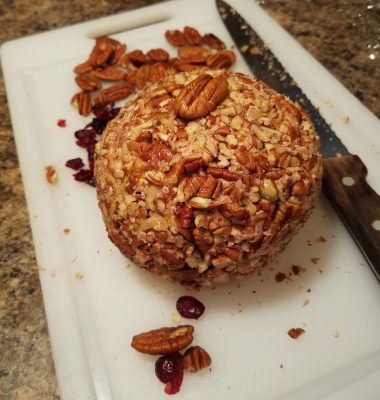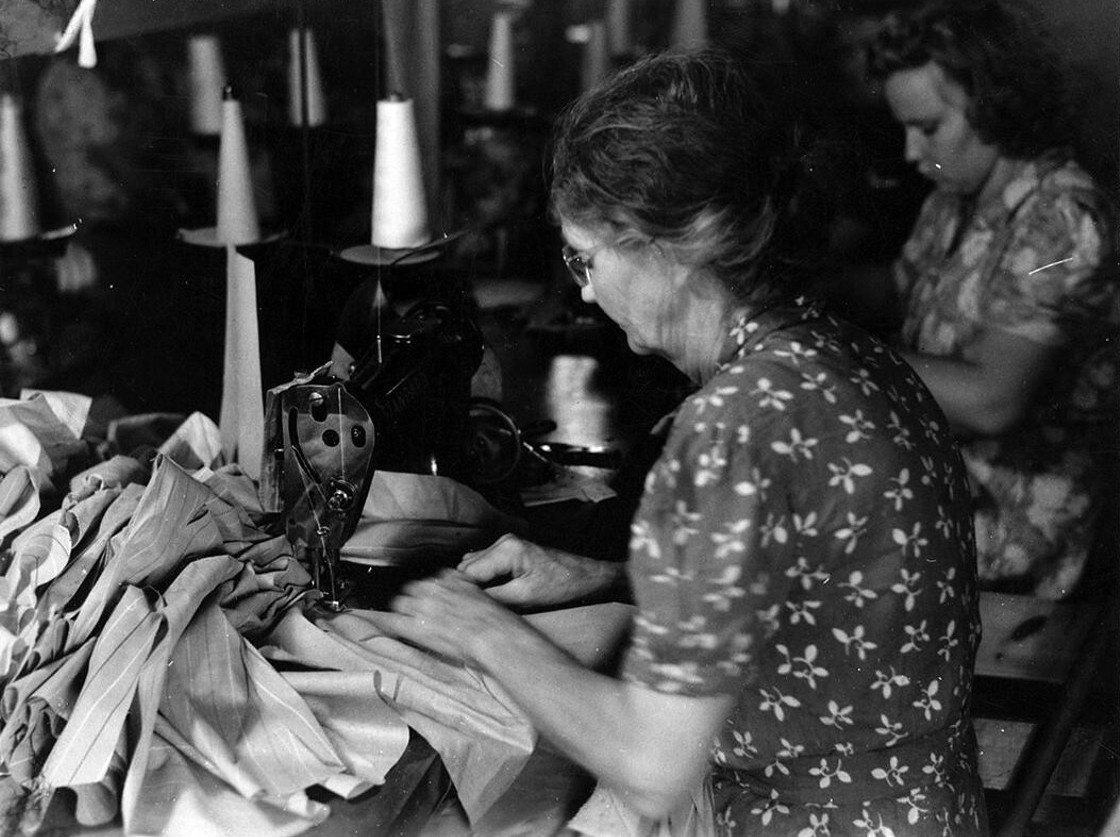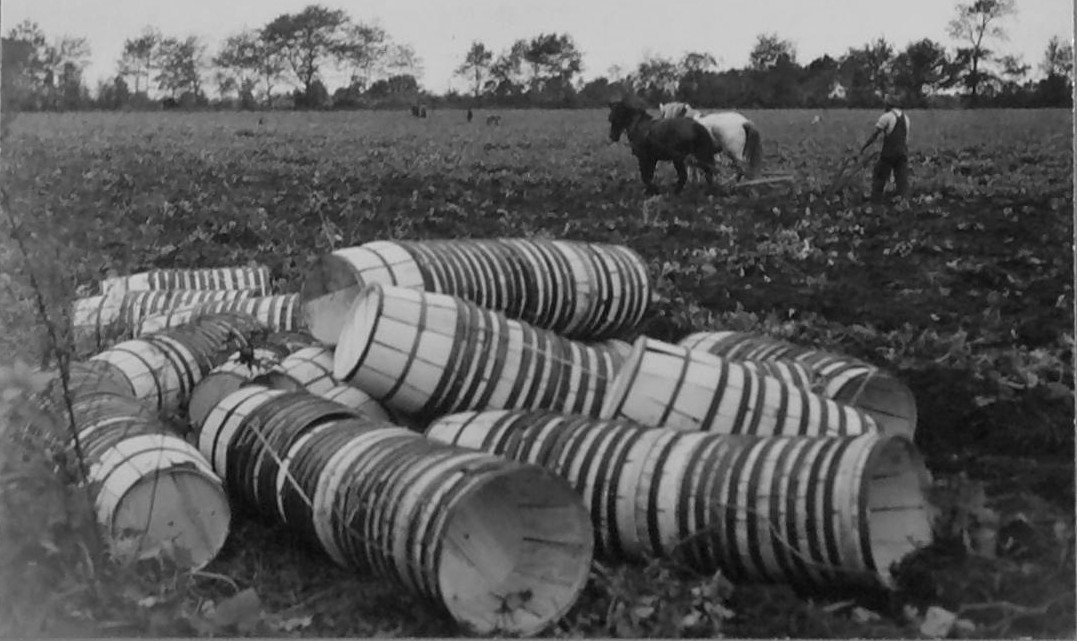On New Year’s Day 1802, President Thomas Jefferson, just 10 months in office, received a grand gift of support from the town of Cheshire, Mass. It was a cheese that weighed 1,235 pounds.
Stories of its 13-foot circumference and how it was rolled across the White House lawn to Jefferson’s waiting arms has caused some interpreters of history to bill that “Cheshire Mammoth Cheese” America’s first cheese ball.
Supporter Spotlight

The declaration is one Southerners know to be absolutely wrong.
It’s not just that the big cheese was likely a wheel of something like cheddar painted red rather than the ball of spreadable cheese coated in chopped pecans that Southerners claim to be all their own. The cheese ball’s fabled Southern pedigree is not by virtue of true history or special recipes but by the kindness and generosity with which the globes are shared.
Cheese balls became a Biro family favorite when the kindly lady who lived next door gave us one in the early 1970s. Hers was a store-bought, port wine cheddar number rolled in chopped pecans, a perennial favorite across North Carolina’s coastal plain. My European parents, not long on the North Carolina coast by way of New Jersey, had never seen anything like the neon-orange round streaked raspberry red.
From that first bite on a Ritz cracker forward, a Christmas cheese ball was part of our holiday tradition. As a teenager, I became the family cheese ball maker. Even now, when gourmets and top chefs ridicule the cheese ball as a Velveeta generation relic, I brave bringing one to even the most foodie-centric parties. Invariably, at least one person shares a happy memory about their own holiday cheese ball experiences, and a few people request the recipe. No matter their disco-era reputation, cheese balls taste good.
Cheeses soft enough to spread date back at least 5,000 years, but the cheese balls we know down South started, I think, with British potted cheeses and the German’s love of soft white cheeses. In the late 1800s, tavern owners in America’s Midwest and upper South mashed together one or more cheeses into paste with cream, seasonings, beer or wine, vegetables and nuts. They laid out these so-called “crock cheeses” on the bar for patrons to enjoy.
Supporter Spotlight
Mass-produced cream cheese arrived around 1873. By 1918, Florence Kreisler Greenbaum’s “Jewish Cook Book” (Bloch Publishing, New York) included a cheese ball recipe calling for one cake of Neufchatel cheese, an equal portion of butter, a tablespoon of cream, a dash of salt and six dashes of Tabasco sauce. New York-based Greenbaum suggested forming one large ball or several small ones and rolling them in chopped pecans.
Cheese ball recipes are easy compared to fussier holiday favorites like cookies. Still, they are extravagant enough that they qualified as once-a-year indulgences in days past down South. Before household refrigeration arrived, soft cheeses would not hold for long. Nuts were either expensive to buy or time-consuming to pick from their shells. To share such special ingredients spiked with a fine port amounted to an exceptional symbol of love, friendship and good will.
My cheese ball recipes vary year to year, but the one I fall back on most often honors the cheese ball that hooked my family all those years ago. Port wine cheese spreads available at the supermarket don’t compare to the dried cherries I soak in good-quality port wine and then fold into a little cream cheese and lots of extra-sharp cheddar. Should anyone imply that my recipe is neither authentic nor Southern, I’ll pass him or her a generous portion of that cheese ball on a Ritz cracker and suggest they hush their mouth.

Port Cherry Cheese Ball
1 cup whole dried cherries or cranberries
¼ cup good quality port wine
12 ounces cream cheese, softened
5 cups shredded extra-sharp orange cheddar
1 teaspoon chili powder
1 teaspoon Cajun seasoning blend
¼ teaspoon salt
2 tablespoons good quality port wine
4 cups coarsely chopped toasted pecans
Place cherries or cranberries in a small bowl. Pour port over cherries or cranberries. Soak, stirring occasionally for several hours or overnight until the cherries have absorbed the port. The cherries should be sticky. Coarsely chop cherries and set aside.
Place cream cheese and cheddar cheese in a large, heavy bowl or the bowl of a stand-up mixer. Use a sturdy wooden spoon or the mixer’s paddle attachment, with mixer set on medium speed, to blend cheeses until well combined. When the mixture is smooth and pale orange, add chili powder and Cajun seasoning and blend well again. Gently fold in cherries and their juices plus 2 tablespoons of port wine using a sturdy wooden spoon. Do not use the mixer for this step. Cover the bowl and place cheese mixture in the refrigerator for about an hour.
Spread pecans on a large board. Using a large serving spoon, scoop one-third of the cheese mixture onto the pecans. Using your hands, roll the cheese in the nuts, forming a ball, until cheese is coated. Shape the cheese into a ball and place in a covered container or wrap in plastic. Place on a flat surface in the refrigerator for several hours or overnight. Repeat with remaining cheese mixture.
Makes three 5-inch cheese balls, each providing 8 to 10 servings.
Source: Liz Biro







